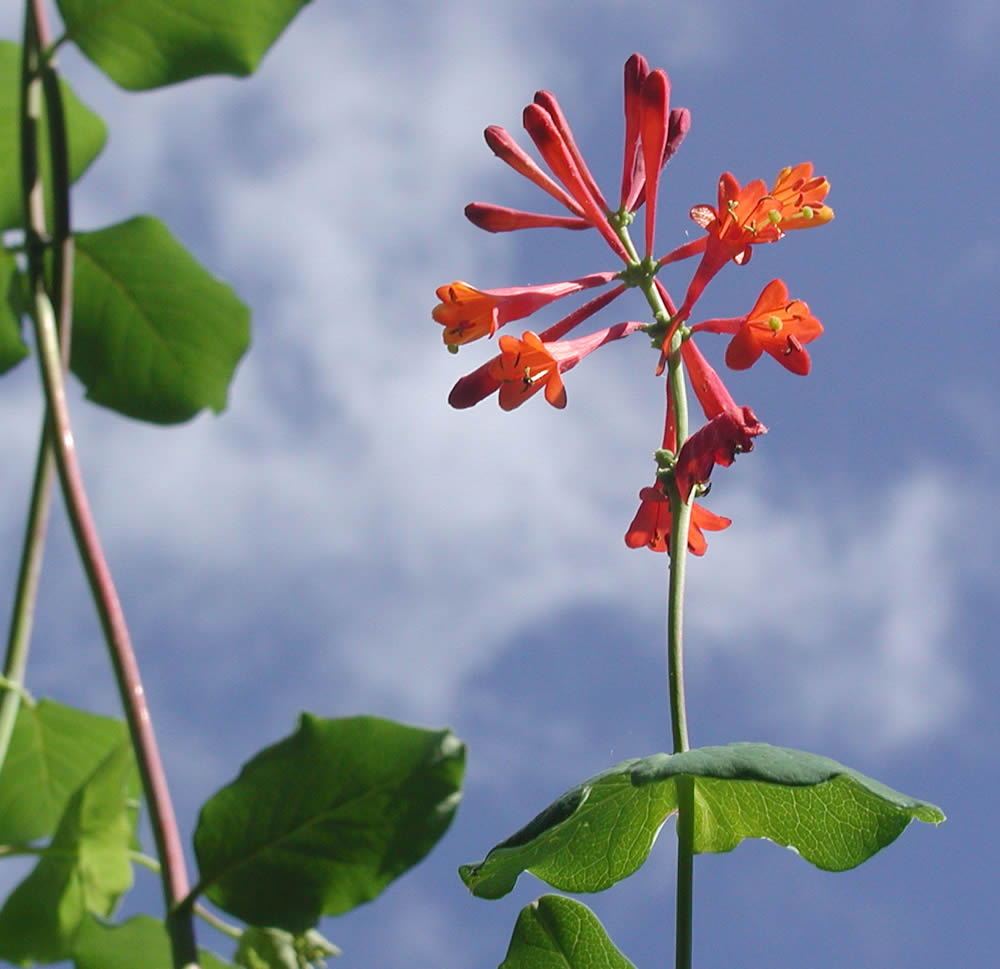Regardless of the style of your garden, whether full of plants with a romantic cottage feel, or sleek, modern and architectural, it’s boundaries tend to be one of three – hedges, walls or fences.
Hedges are a key choice for many, they add a mass of vertical greenery, break up the hard landscaping elements (paving, walls etc), and are a safe haven for wildlife – every hedge is teaming with a wide variety of birds, insects, and other small creatures.
More often then not, however, hedges are removed to make way for a more streamline and secure boundary – mainly fences and walls. Many modern gardens have a long expanse of frankly quite ugly fence panels that don’t add a lot aesthetically to the overall garden design.
Brick walls can be slightly more attractive, especially if they are old (new ones never have quite the same charm), or a current trend is to have rendered garden walls – usually painted white but much more practical if an atmospheric grey (dark or light), subtle green or stone shade.
There is so often a wasted opportunity to green up these vertical spaces with beautiful plants – adding colour, texture and working to soften the harshness. Whether you’re looking for an evergreen to brighten up a winter wall, or a deciduous that offers a show stopping display in summer, there is a climber for every aspect.
Clematis
There are almost 300 species of this incredibly versatile climber. Most aren’t fussy as to the aspect and will do very well in sun or partial shade. When buying a clematis there are many options to consider – spring or summer flowering, colour and size of flowers, repeat flowerers etc. So decide what’s best for your spot and the plants surrounding it and see what the garden centre has to offer.
When planting clematis ensure it is sheltered from the wind and the plant’s base and roots are in the shade of other plants or a layer of pebbles, bark or slate chips. They like their roots to be kept cool and it helps to retain moisture so this is important!
Some are evergreen (try C. armandii or C. cirrhosa) providing not only year round interest, but beautifully scented flowers. They are super easy to grow and because they need no pruning, they are incredibly easy to maintain. These like to be in full sun if possible.
Climbers For Sunny Areas
South and west facing walls and fences will more often then not spend long periods of time in direct sunshine. So it’s important to get a plant that can handle the hot, dry conditions.
Wisteria is a magnificent showstopper and looks fabulous on a house or along a brick wall – producing long racemes of pendant style flowers in a range of light lilac to dark purple in spring. Beware that some seedling plants can take 20 years to begin flowering so buy a more established plant and make sure it is in flower or has flowered before you plant!
Climbing roses are stunning and repeat flower throughout the summer and well in to autumn. They can become a tangled mess after a few years, so slightly more work is needed when pruning (between Dec and Feb) but they are so worth the effort and are perfect in an English country garden setting.
Trachelospermum jasminoides (star jasmine) is a self-twining (no tying required) evergreen climber with beautiful glossy foliage and small white highly fragrant flowers in summer.
Climbers for Shady Areas
North-facing boundaries can be sunless and cold, occasionally getting an hour or two of sun morning and evening in high summer. East-facing ones often spend mornings in the sun, with the remainder of the day in the shade. It’s important that the plant you choose can cope – early flowering climbers should be avoided here as they can be damaged by frost.
Clematis’ such as C. ‘Jackmanii Superba’ – a late flowering variety with large deep purple flowers, or C. wedding day, a slightly smaller species with large white flowers, and which blooms May-June and again in September would both be good choices for such areas.
Lonicera (honeysuckle) is a woodland plant and Hydrangea anomala Subsp. Petiolaris (climbing Hydrangea) would also be happy here, both needing shade, although would benefit from some sun to help produce more blooms.
Hedera Helix (Ivy) is an old favourite – it climbs vigorously, requires little attention and is generally happy in any aspect – but beware – it can get out of control quickly and needs pruning and ground runners removing to stay within the desired area.





